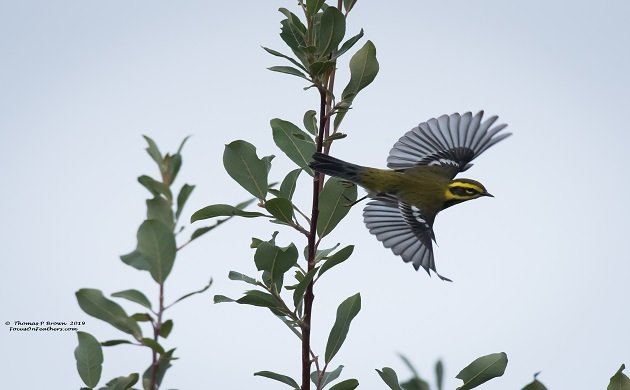
The last ten day days have been one of the most intense, yet invigorating days of birding that can ever remember embarking on. It has almost been a “Perfect Storm” scenario, with several contributing factors all coming together to start me on this birding blitz. I had just wrapped up lending a hand with the Tucson Arizona South-east Birding Festival, my wife Jeanne was going out of town for those same ten days, local Tucson birding legend Brian Nicholas had offered to show me a few of his favorite, as yet unknown to me hot spots, and at the end of this marathon of birding, we are moving into a brand new, our first ever house, so my bird trips were going to be severely diminished while we moved in and got the house set up. In addition, it became quite apparent that many of the birds we were seeing were the first wave of migrants starting to move thru the area.
As many of you might know, I have been concentrating my bird efforts primarily to just one county, Pima Country which surrounds the Tucson, Arizona area. With the temperatures in the triple digits every day, one day seeing 115, the bulk of the bird activity is in the first couple hours of daylight, which means ten days of being up at 3:30-4:00 AM, with usually an hour’s drive to the birding spot, and then chasing night birds until 9:00 or 10:00. I quickly discovered that I am not a 20-something any more, and grew to cherish that mid day nap! The fruits of this endeavor turned out to be 5 new Life Birds, and 15 new Pima County Birds, bring my years total for just Pima County to 290. The new Lifers are the Rose-breasted Grosbeak, Short-tailed Hawk, Mississippi Kites, Juniper Titmouse and Painted Buntings!
As it sits right now, I will lose most of the month of September to house projects, and two different weddings out of the state of Arizona, but who knows, maybe I can find some cools birds in other states for a change!
Here are a few of the birds that I was able to photograph the last few days!
Getting to see a Short-tailed hawk, even at a considerable distance was a real treat. Not great photos but what can you expect for a bird that was 500-600 yards away?
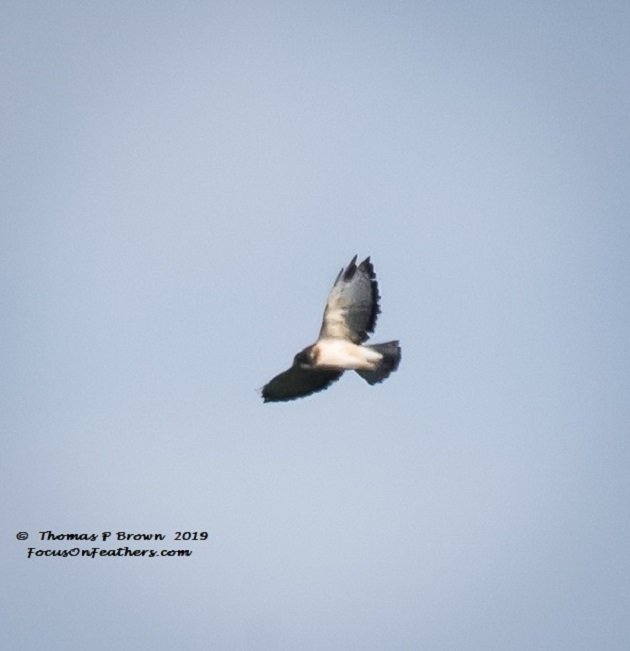
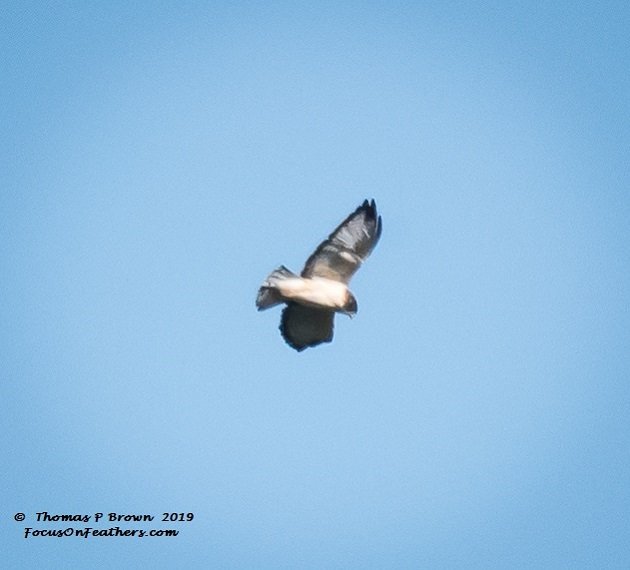
There is believed to be a very small breeding population of Mississippi Kites that occupy a small area that borders Pima and Cochise Counties. We saw a total of 7 Mississippi Kites, and these three birds were hunting on the Pima County side of the line.
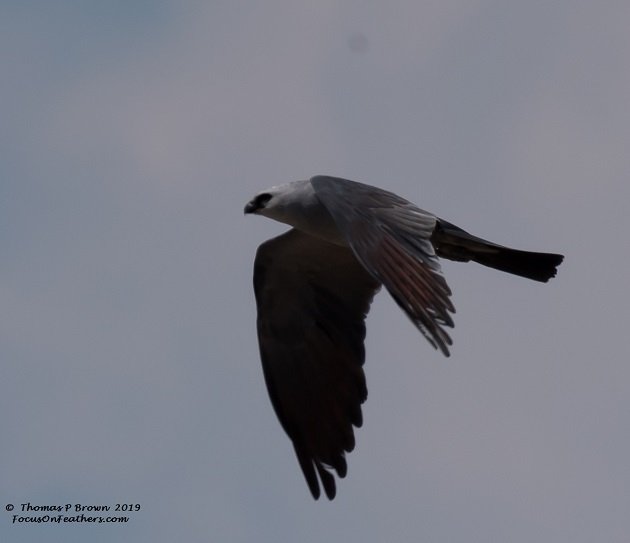
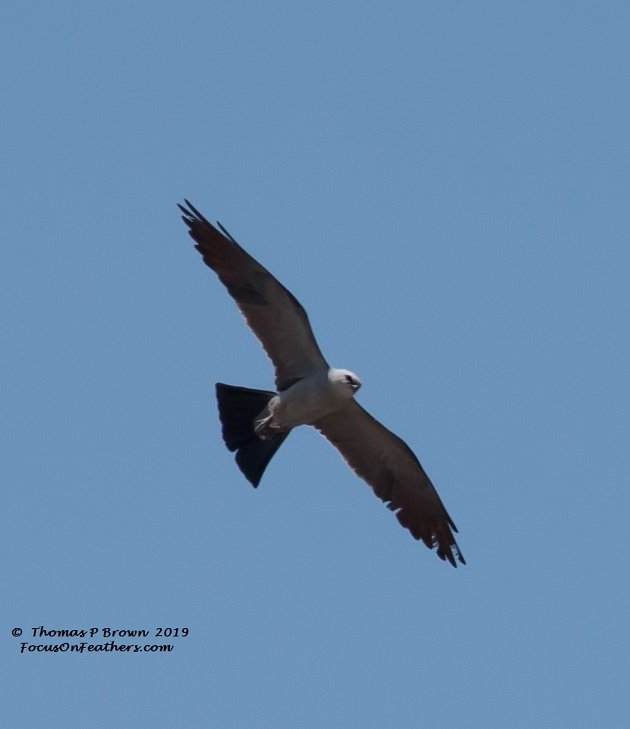
My first ever Rose-breasted Grosbeak was seen at a feeder in Summerhaven, a small town at the top of Mt Lemmon.
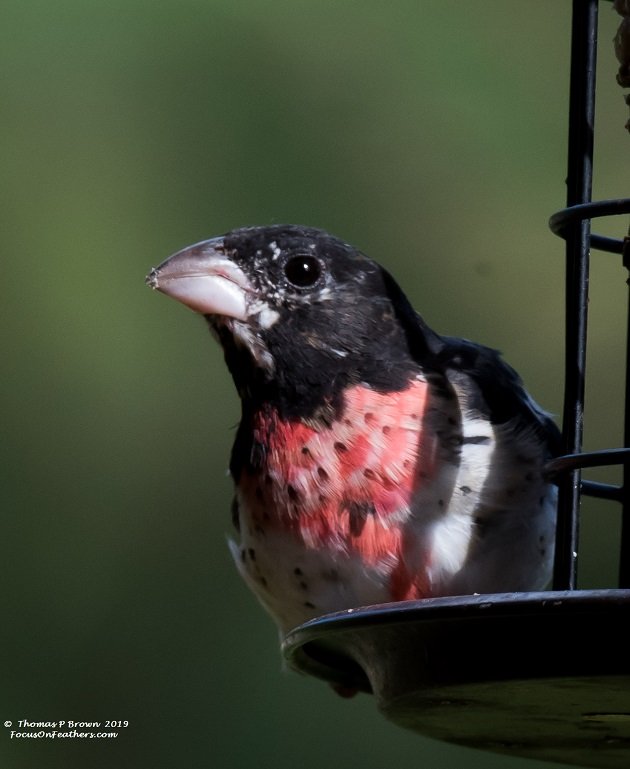
I traveled far enough south, with in 10 miles of the Mexico border in order to find Thick-billed Kingbirds!
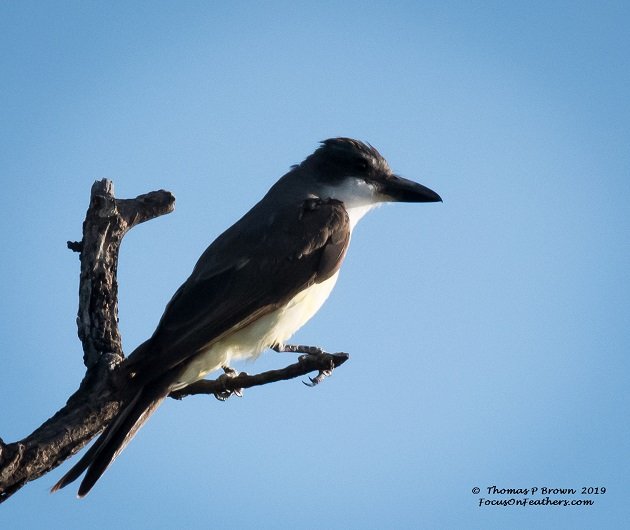
We actually found several Juniper Titmouse’s but this young bird was the only one willing to sit still enough for a picture.
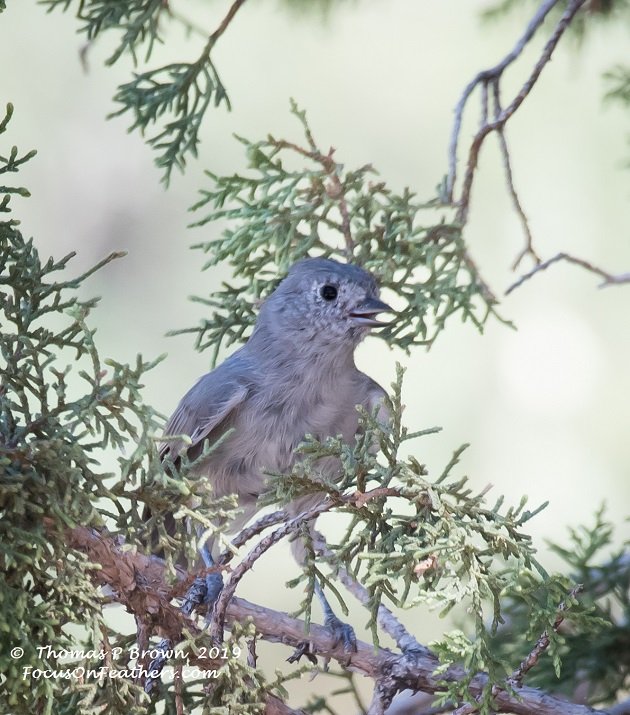
Along with Broad-tailed, Broad-billed, Violet-crowned, Rivoli’s, Anna’s, Rufous, Lucifer and Costa’s Hummingbirds, we also found a few Black-chinned Hummingbirds Like this one!
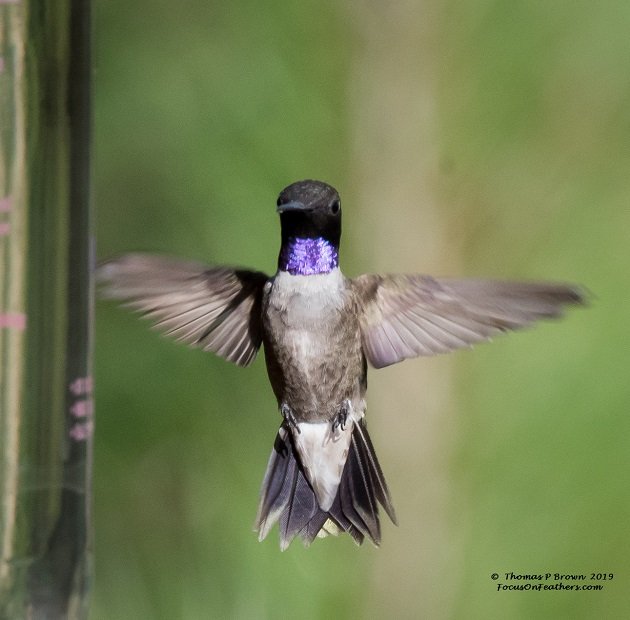
All out travels did not include only desert birds! We found Long-billed Curlews, Marbled Godwits, Willets. Snowy plovers, Semi-palmated Plovers, Semi-palmated Sandpipers, Least and Western Sandpipers, Lesser and Greater Yellowlegs, Red-neck Phalarope, and this Solitary Sandpiper.
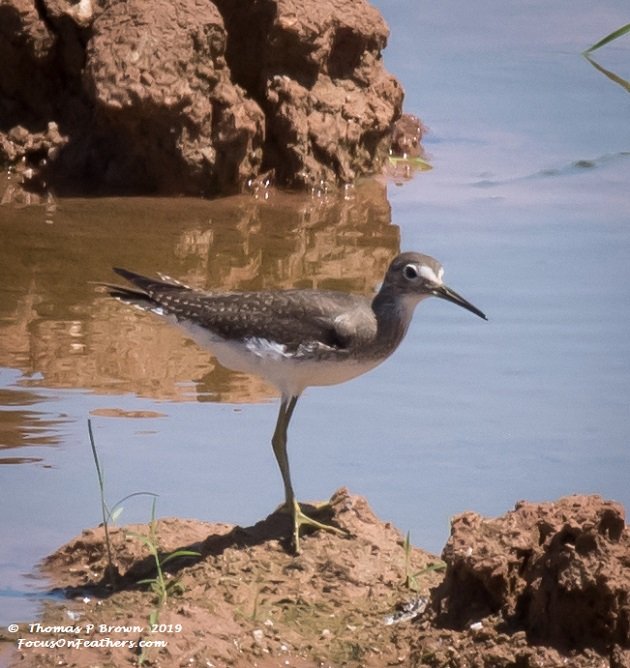
Here is that Red-necked Phalarope.
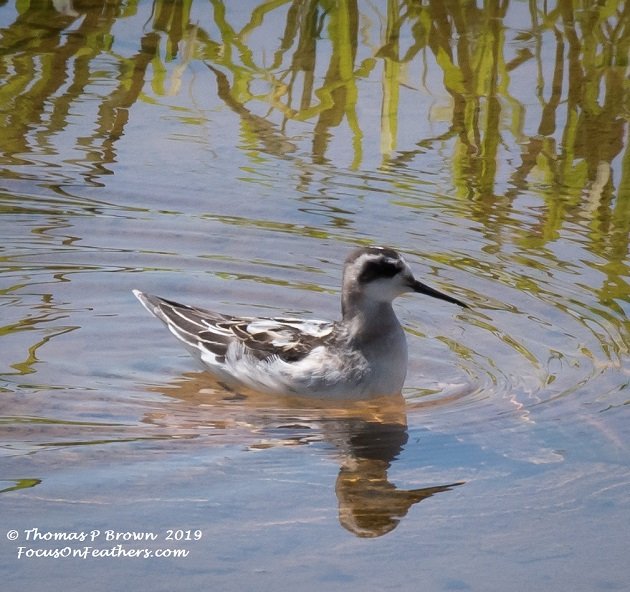
Lots of warblers were found, including Grace’s, Nashville, Virginia, Red-faced, Hermit, Lucy’s and Wilson’s. Here is one of those Townsends Warblers, as well as the one flying at the top of this story.
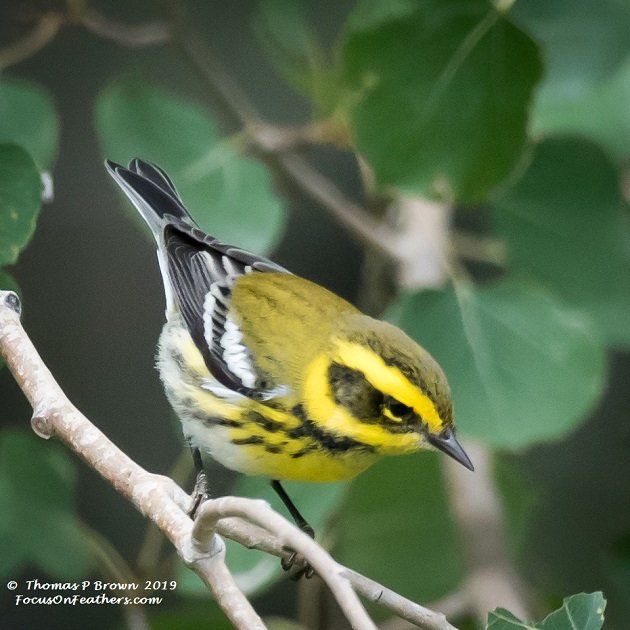
This is the Nashville Warbler that we found while trying in vain to track down a reported Tri-color Heron.
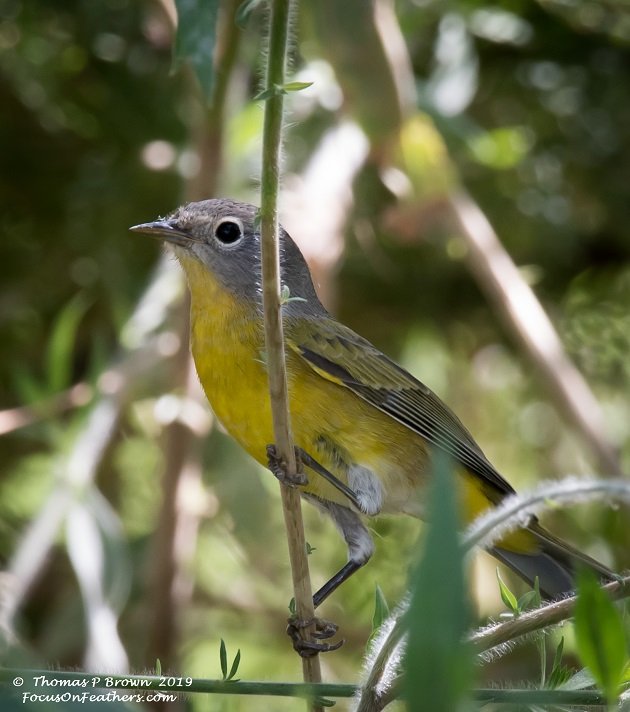
We did get to se a few Gray Hawks like this one.

A few other great birds from Mt Lemmon include the Mountain Chickadee.
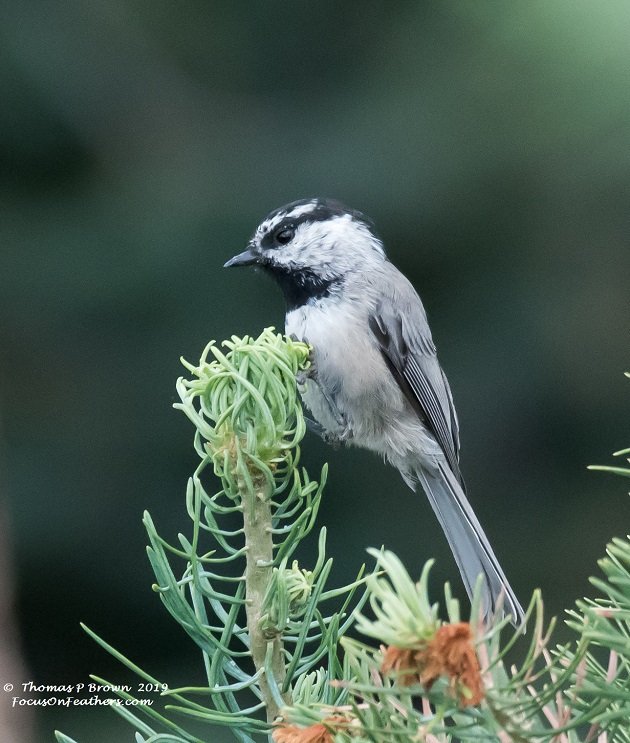
This is the Yellow-eyed Junco.
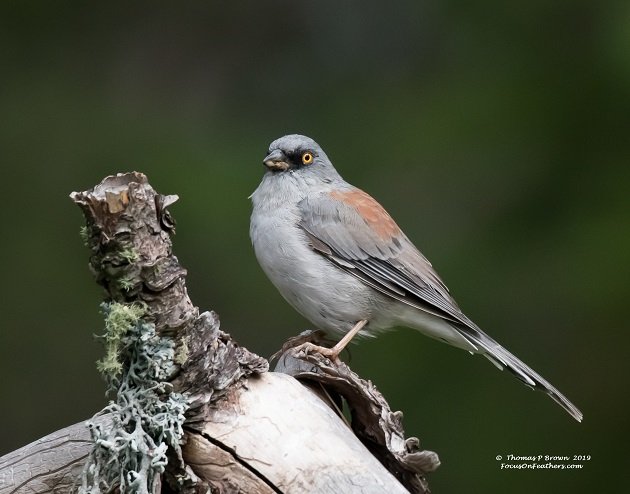
Along with White-breasted Nuthatches, and Red-breasted Nuthatches, there is a large number of Pygmy Nuthatches to be found all over Mt Lemmon.
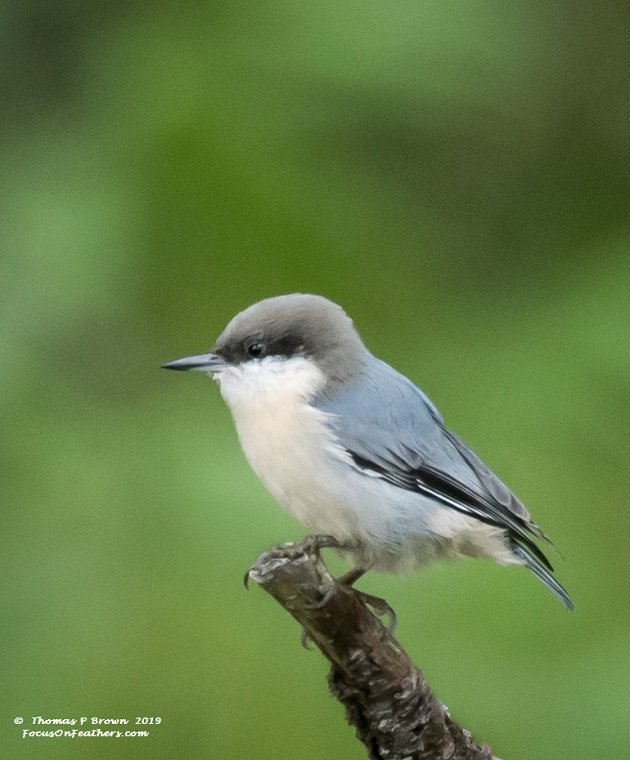
One of the first real signs of the beginning of this falls migration, was 35 Swainson’s Hawks sitting in a newly mown alfalfa field, chasing grasshoppers. This picture only captures a small portion of the birds. An interesting note is that 1/3 of the hawks were dark phase birds.
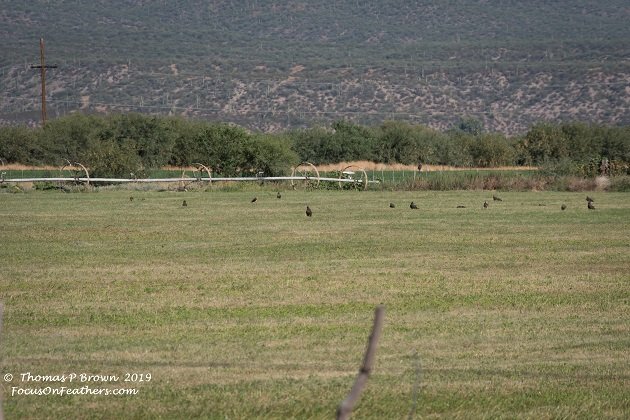
In addition to some amazing birds, I got to see my first ever Gila Monster. It was a youngster, but still a first!
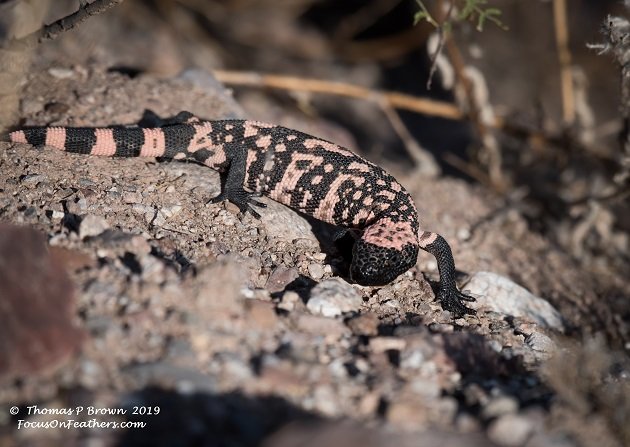













Wow! There are quite a few birds on your list that would be new for me. I especially like your photo of the Pygmy Nuthatch (thought I got to know that species just south of Mexico City), and your header photo of the Townsend’s Warbler looks like a topnotch watercolor illustration!